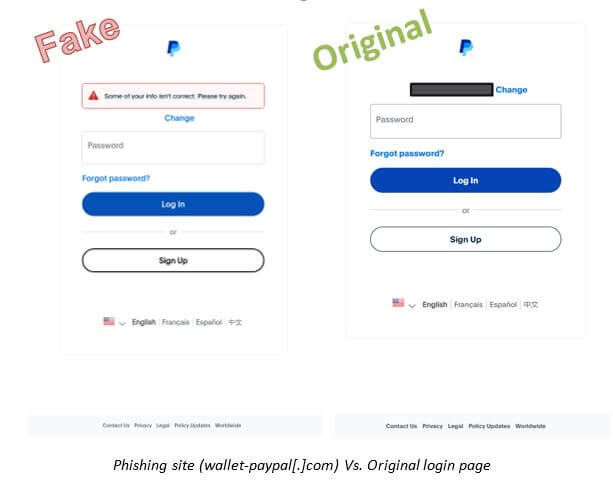
The Federal Aviation Administration (FAA) of the United States plans to introduce new cybersecurity requirements for future aircraft and aviation equipment. According to a document published in the Federal Register, the new regulations will apply to both the aircraft themselves and components such as engines and propellers.
These new measures involve adding cybersecurity to the list of airworthiness requirements for new aircraft models. This initiative is part of a broader strategy by the current U.S. administration aimed at enhancing the protection of the nation’s critical infrastructure. Authorities acknowledge that the voluntary measures previously relied upon by organizations have not provided a sufficient level of security.
The primary objective of the new proposal is to standardize FAA criteria for protection against cyber threats. This standardization is expected not only to enhance security but also to reduce the costs and time required for certifying new technology. The FAA notes that the new regulations fully align with current cybersecurity standards.
The document particularly emphasizes the importance of safeguarding the “equipment, systems, and networks” of modern aircraft, which are equipped with digital components and may be susceptible to cyberattacks. The FAA highlights that the increasing digitization of the aviation industry could create new vulnerabilities, such as the use of laptops for maintenance in airports.
Moreover, the proposal aims to harmonize existing regulations, thereby reducing expenses and expediting the approval process for new or modified components. This move has received broad support from the industry, as simplifying regulatory procedures lowers costs for organizations operating across multiple sectors.
The FAA stresses that the current rules are neither standardized nor coordinated across various projects and authorities. New developments must account for cyber threats and propose measures to mitigate them.
It is important to note that the new regulations will not cover physical electronic attacks, such as signal jamming, which has become a pressing issue in conflict zones. Additionally, existing aircraft and equipment will not be required to comply with the proposed rules.
The FAA underscored that the agency adopts a “comprehensive approach” to protecting the National Airspace System from cyber threats, working closely with federal government intelligence and security services to identify and mitigate potential risks.


